While the world of collectible cars is often filled with gleaming chrome and iconic designs, not every old car is worth the cost and effort of restoration. Some vehicles, despite their age, fail to deliver a worthwhile return on investment. Whether due to widespread availability, mechanical flaws, or design choices that haven’t stood the test of time, these cars are often better left untouched. Let’s dive into some examples of collectible cars that might not be worth restoring.
Classic American Sedans from the 1980s
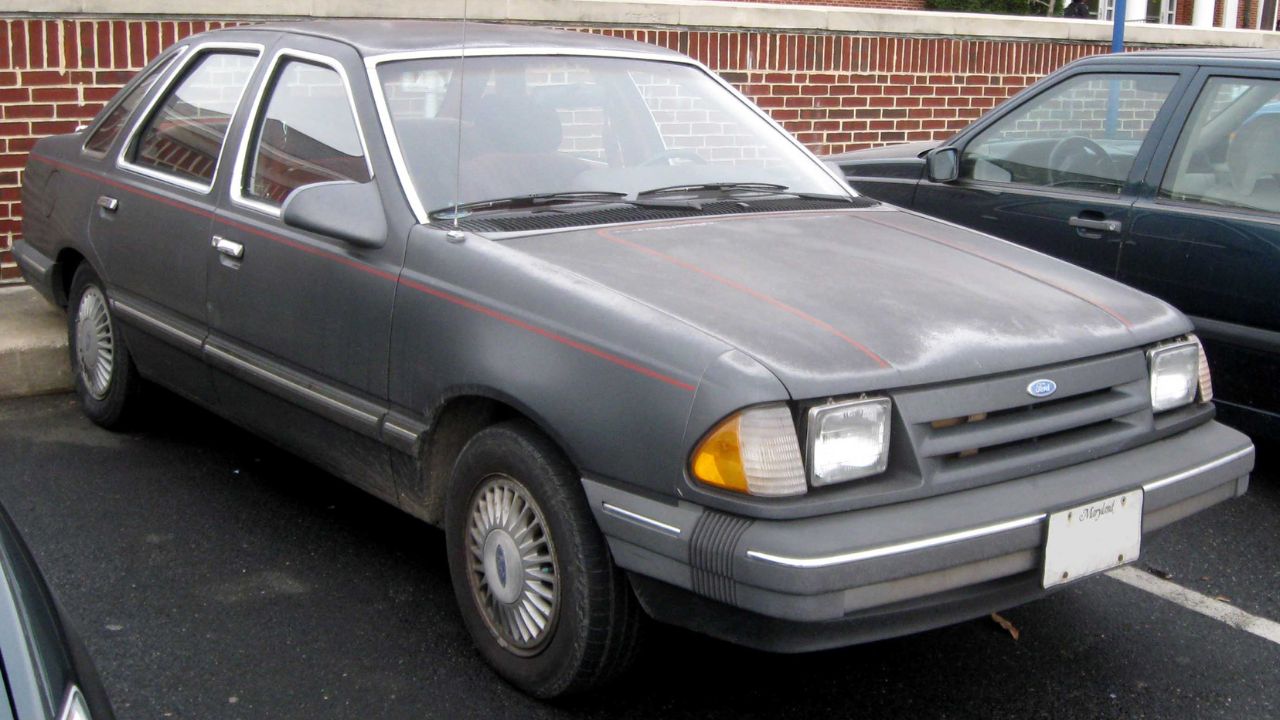
When it comes to classic American sedans from the 1980s, many car enthusiasts find that the nostalgia does not outweigh the practicality. Models like the Chevrolet Celebrity and the Ford Tempo were plentiful in their day, but they were designed for utility and mass production rather than timeless appeal. Their boxy designs and often lackluster performance make them less desirable today.
These cars frequently suffer from issues such as outdated technology and design elements that haven’t aged well. Additionally, the availability of parts can be a challenge, as manufacturers have long since moved on from these models. For most collectors, the sentimental value might not justify the restoration costs.
European Luxury Cars with Obsolete Technology
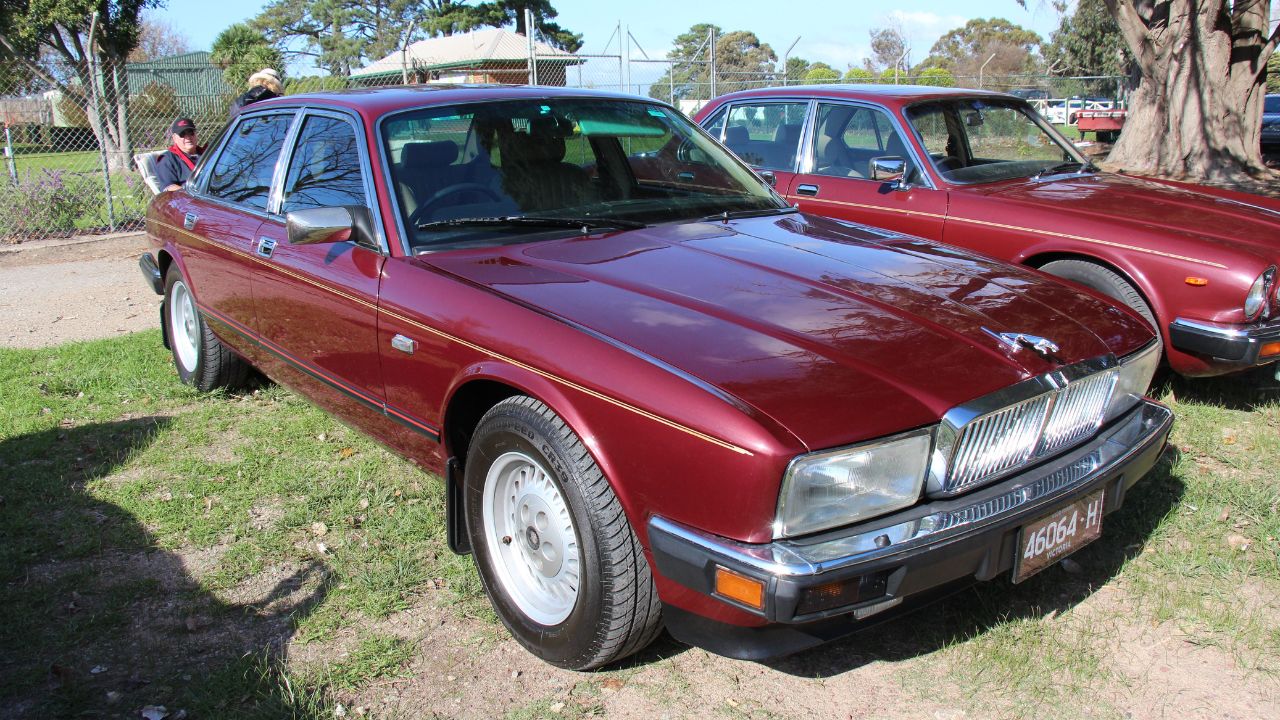
European luxury cars from the 1980s and 1990s, like the BMW 7 Series E32 or the Jaguar XJ40, were once symbols of status and technological innovation. However, the technology that once set these vehicles apart is now considered outdated and difficult to repair. The complex electronics and specialized components can make restoration both costly and time-consuming.
Many of these vehicles are notorious for electrical problems, and sourcing parts can be a nightmare. Although they may seem like a bargain in the used car market, the expense of restoring European luxury cars often outweighs their resale value, making them a questionable investment for collectors.
Mass-Produced Japanese Sports Cars of the 1990s
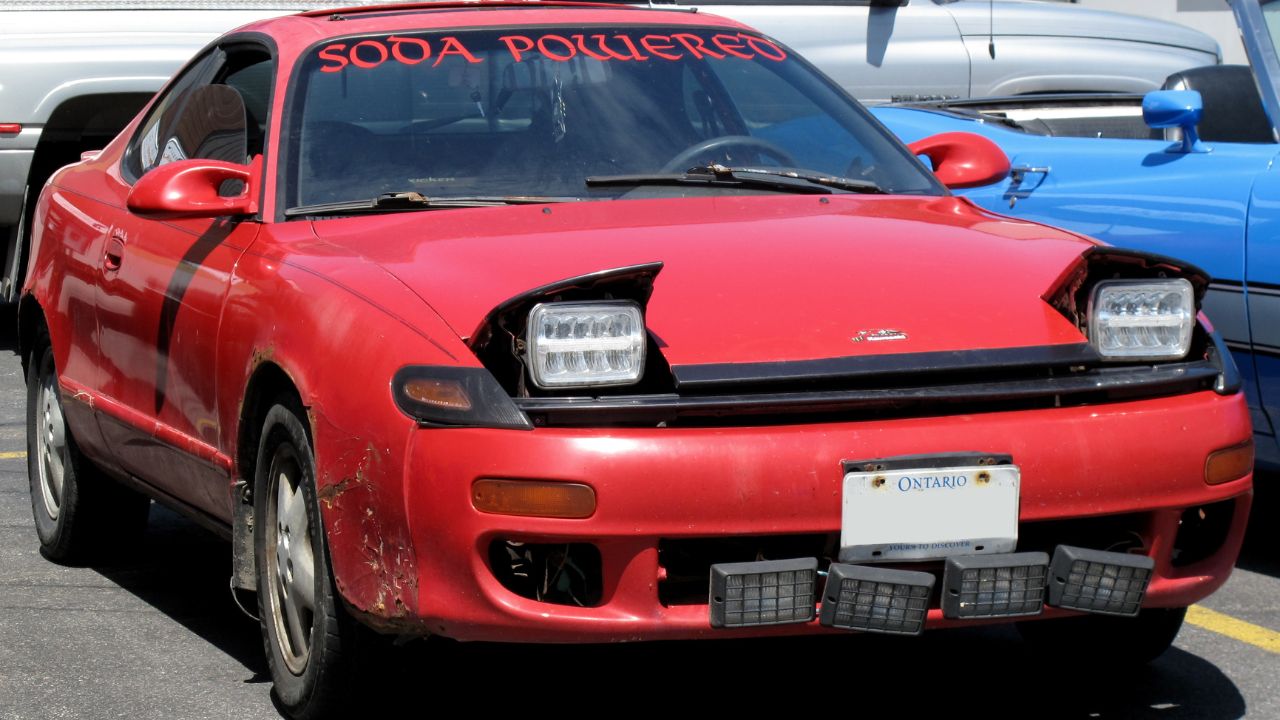
In the 1990s, Japanese automakers like Toyota and Nissan rolled out sports cars such as the Toyota Celica and the Nissan 240SX. While these cars were popular among enthusiasts in their heyday, they were also mass-produced, which diminishes their rarity and collectible status today.
These models often require extensive mechanical work due to wear and tear, and their performance specs don’t hold up against modern sports cars. The restoration costs can quickly exceed the market value, making them less appealing for collectors looking to invest in a project car.
Rust-Prone British Roadsters

British roadsters like the Triumph Spitfire and the MG Midget are beloved for their classic design and open-top driving experience. However, they are notorious for rust issues, particularly in the chassis and body panels, which can make restoration a daunting task.
These cars also often come with reliability issues, including problematic electrical systems and finicky carburetors. Rust repair can be exceptionally labor-intensive and expensive, often making the cost of restoration impractical compared to the car’s potential value when completed.
Overshadowed Muscle Cars
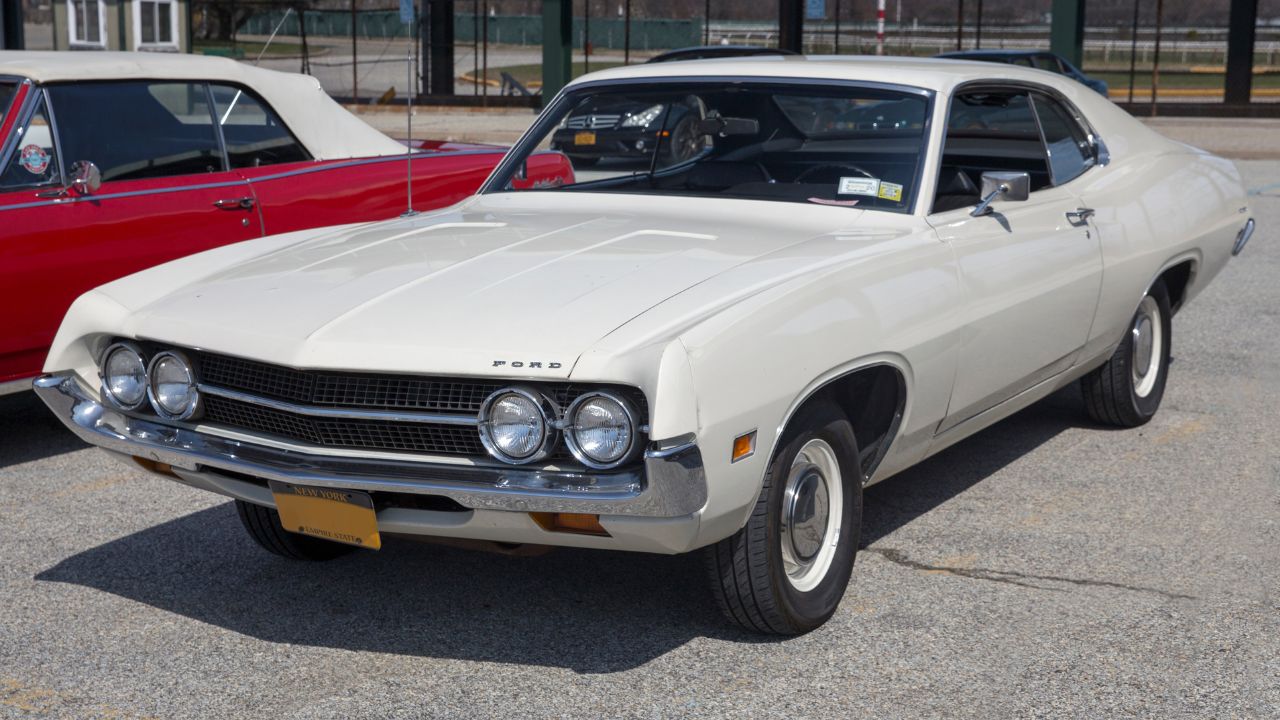
While muscle cars are often seen as prime candidates for restoration, not all models are created equal. Cars like the Plymouth Duster or the Ford Torino, which were overshadowed by more iconic models such as the Ford Mustang and Chevrolet Camaro, may not offer the same return on investment.
The market for these lesser-known models is smaller, and they often lack the performance specs and design features that make other muscle cars so desirable. Restoring them can be a passion project, but collectors looking for a financial return might find their efforts unrewarded.
Unpopular Vintage Station Wagons
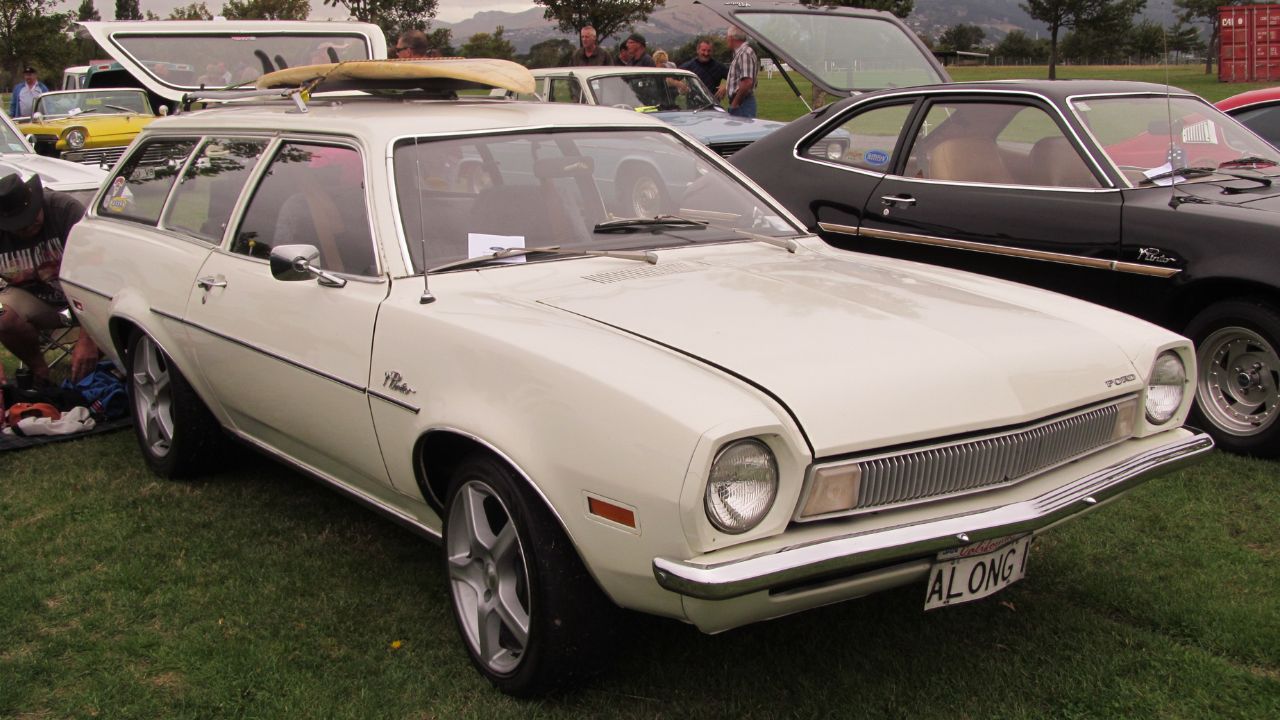
Station wagons from the 1970s, such as the Ford Pinto Wagon or the AMC Hornet Sportabout, were once family staples but are now largely forgotten by collectors. These vehicles were designed for practicality rather than performance or style, and their utilitarian nature has not aged well.
Restoring these cars often involves dealing with significant rust and mechanical issues, with little promise of a return on investment. While they might hold some nostalgic value, their market appeal is limited, making them a risky restoration choice for collectors.
Forgotten Compact Cars from the 1970s
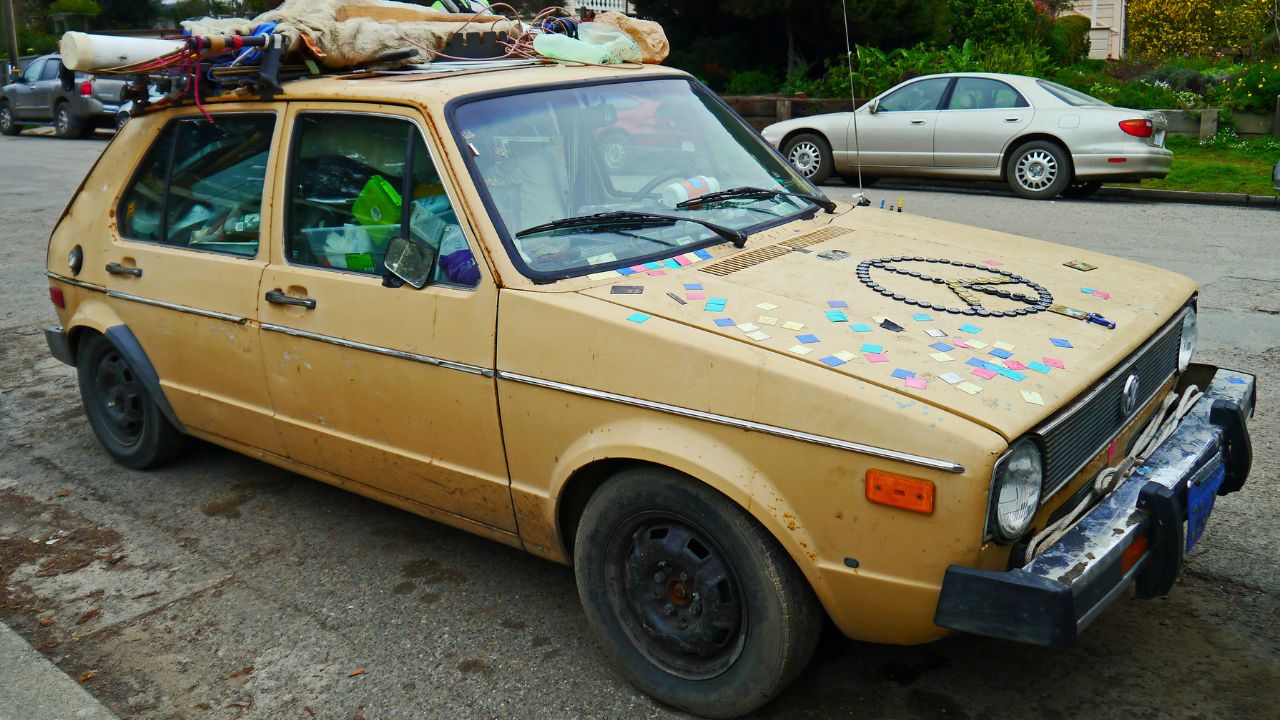
The 1970s saw a surge in compact cars like the Volkswagen Rabbit and the Chevrolet Vega, aimed at providing economical transportation during the oil crisis. While they represent an interesting era in automotive history, their small size and focus on fuel efficiency rather than performance make them less attractive today.
These cars often suffer from rust and mechanical issues, and their performance pales in comparison to modern vehicles. The cost of restoring a compact car from this era can easily outweigh its value, especially given the limited demand among collectors.
Like Fast Lane Only’s content? Be sure to follow us.
Here’s more from us:
*Created with AI assistance and editor review.

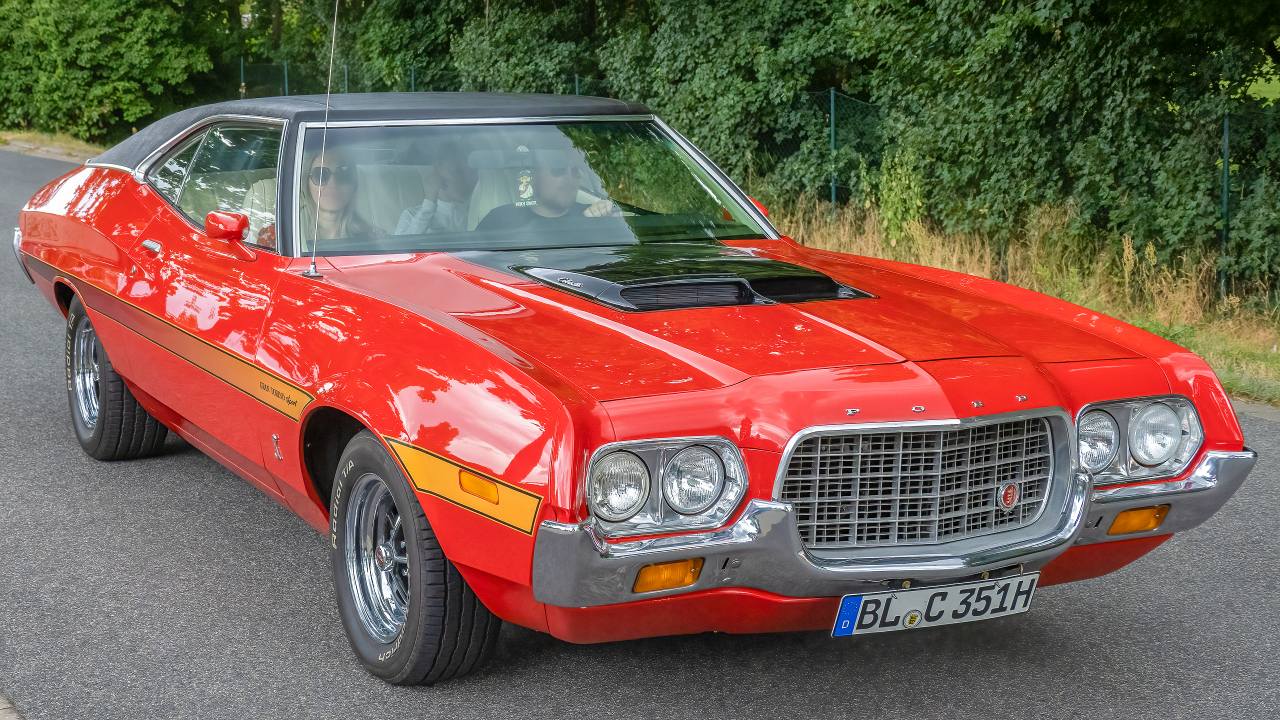
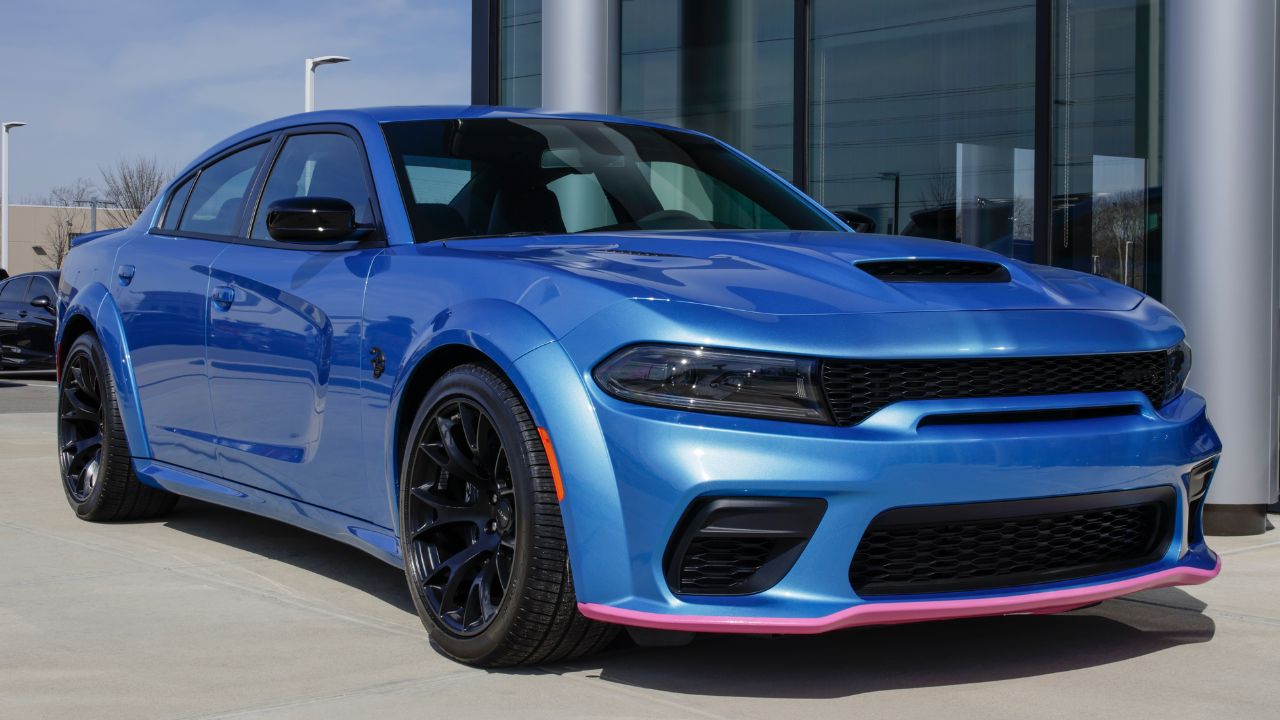
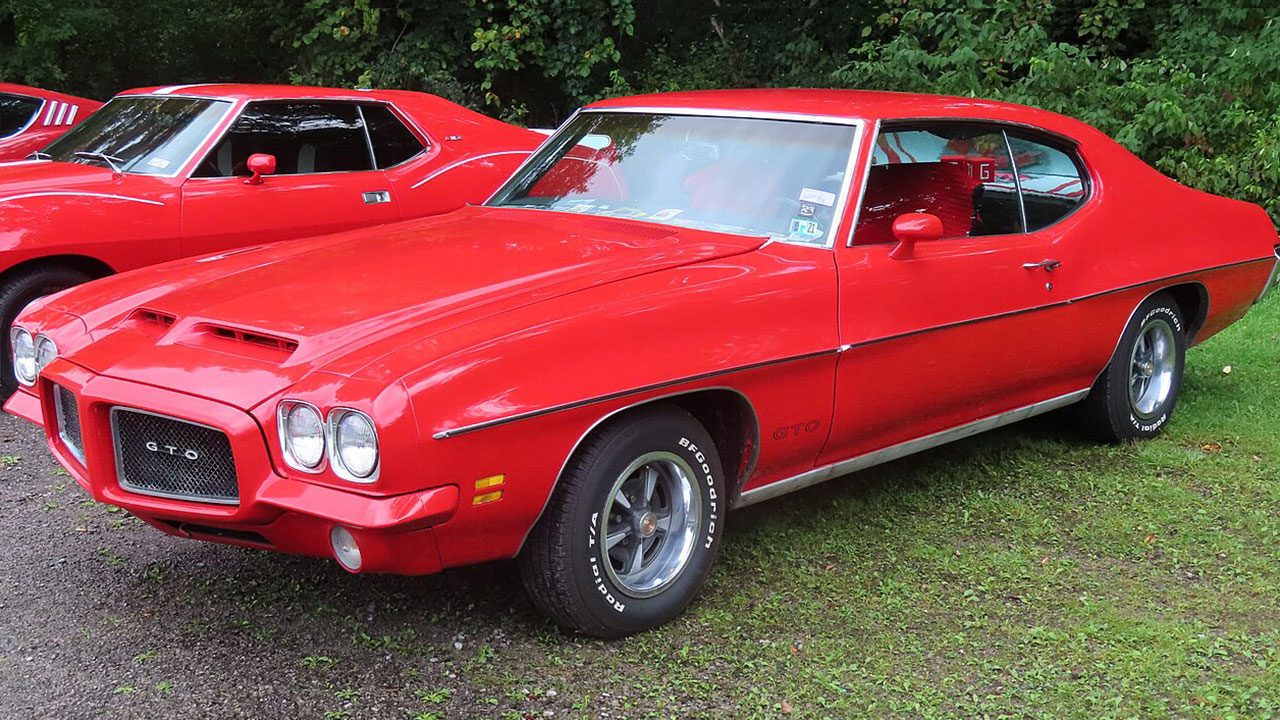
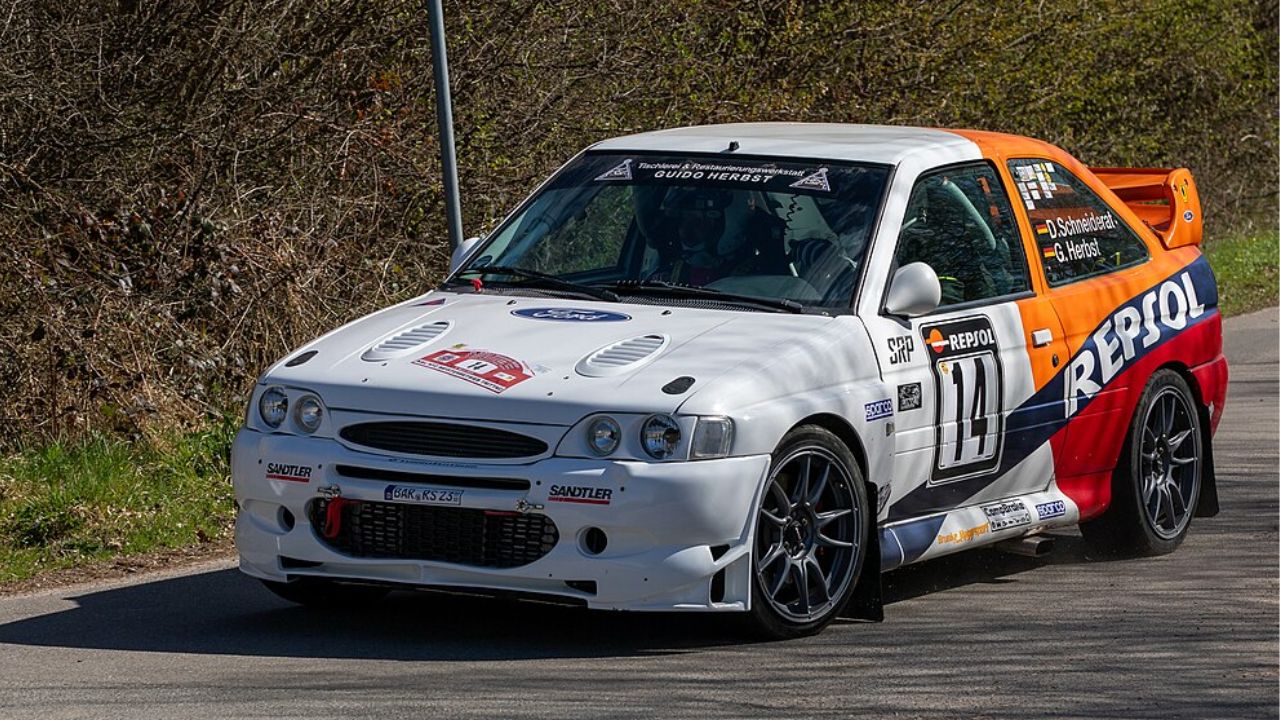
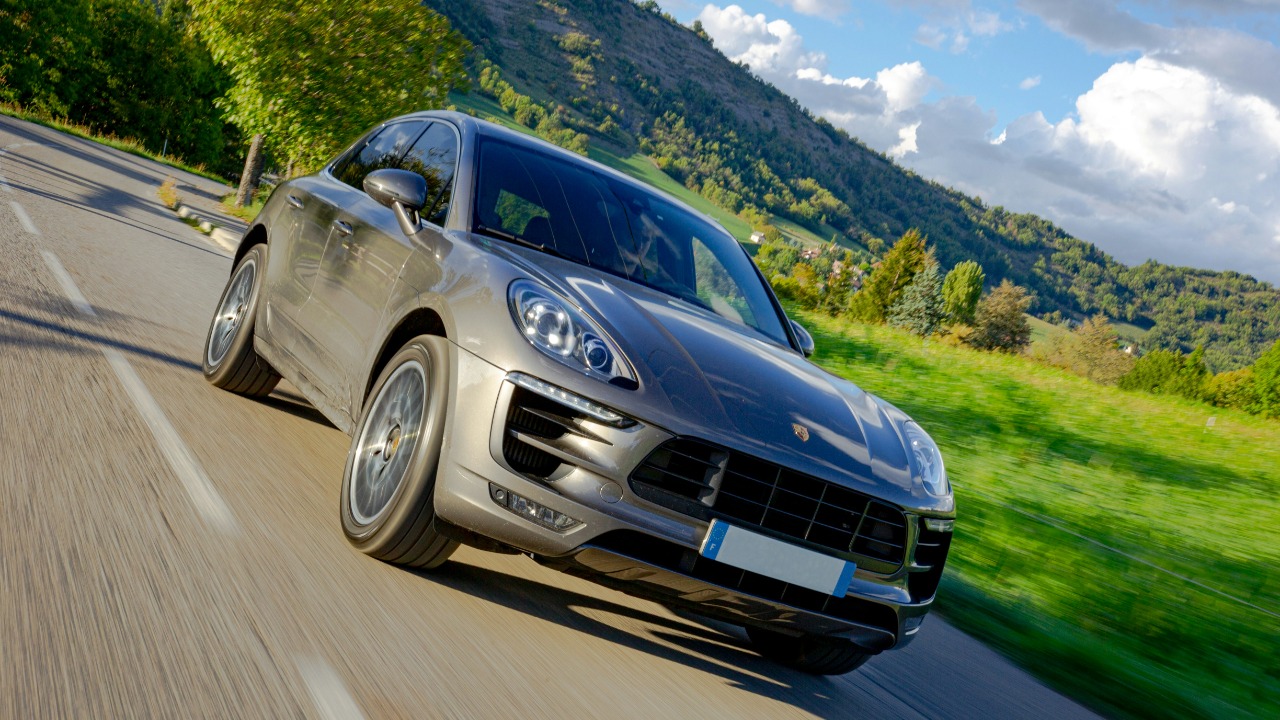
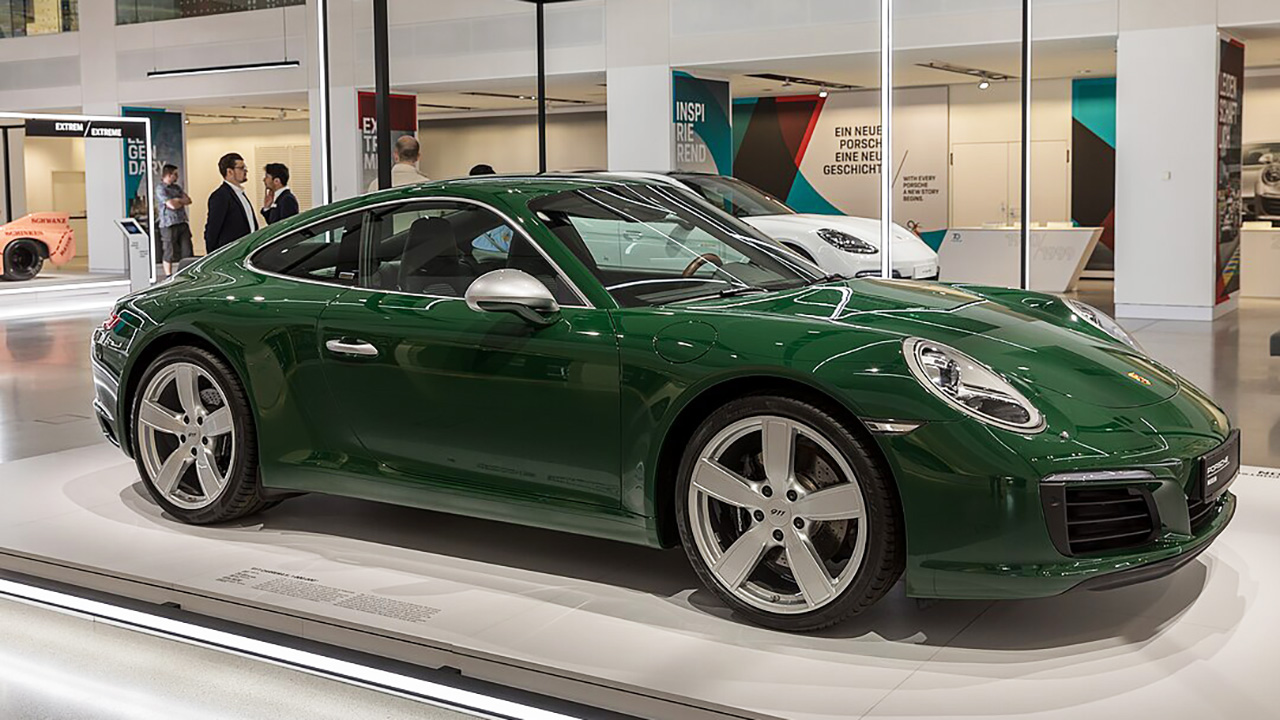
Leave a Reply